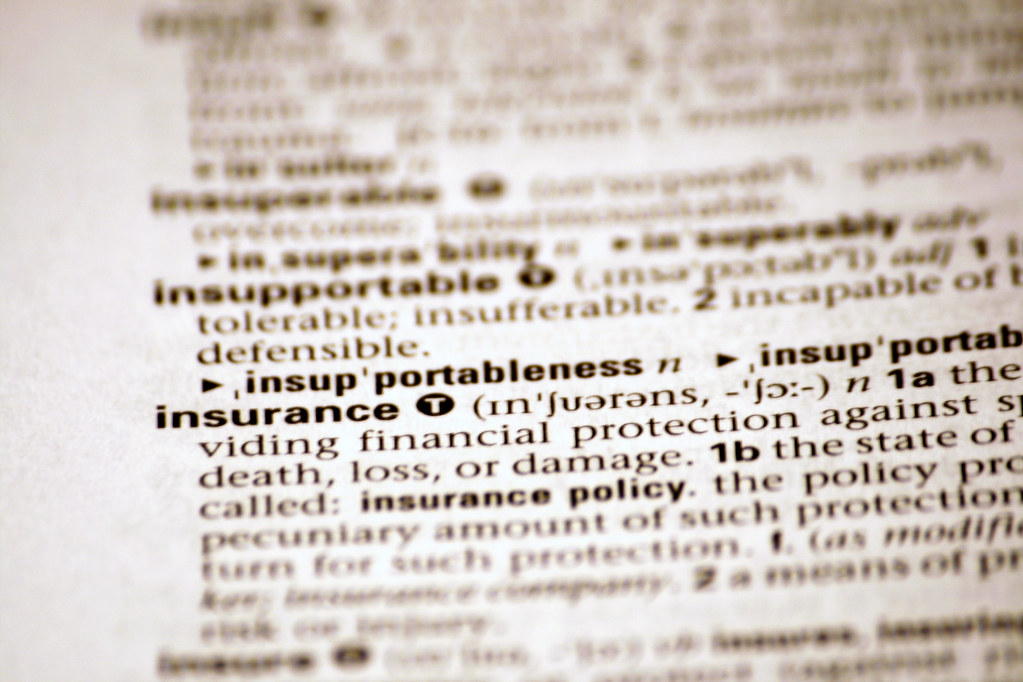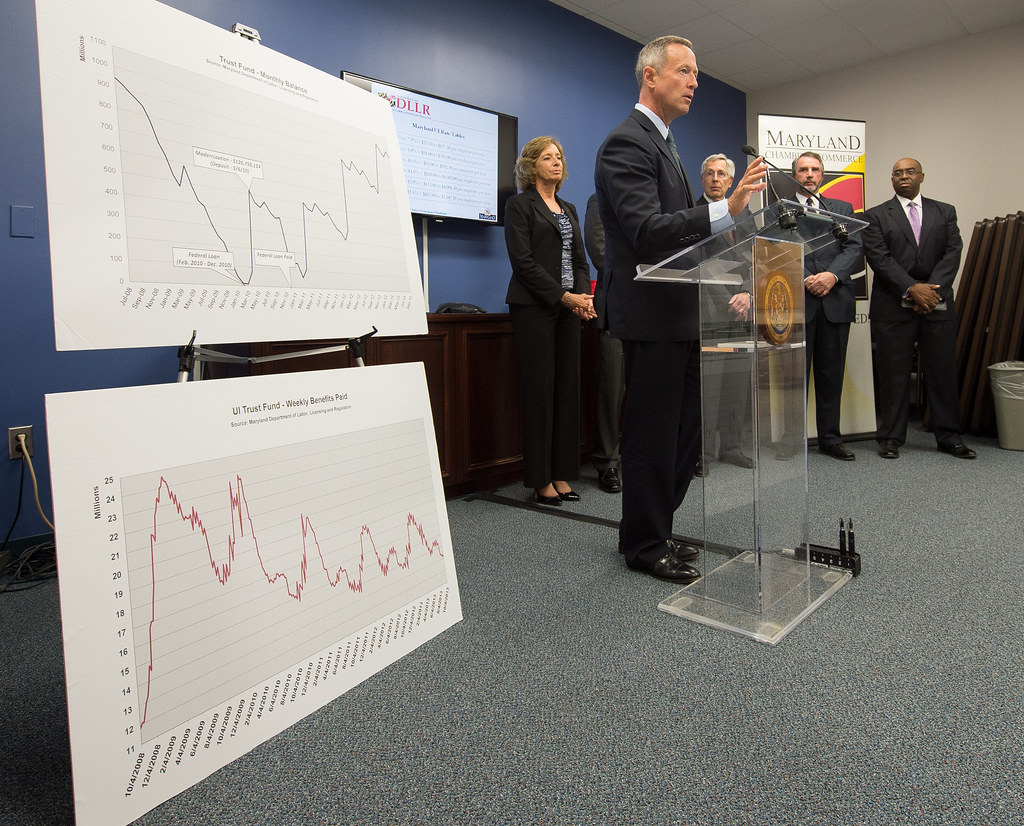Hazardous Materials Removal Worker Life Insurance Cover
Working as a hazardous materials removal worker comes with many risks. These workers are exposed to dangerous substances that can have long-term effects on their health. Therefore, having life insurance coverage is essential to ensure that they and their families are financially protected in case of any unforeseen circumstances. In this article, we will discuss the importance of life insurance coverage for hazardous materials removal workers and the coverage options available to them.
It’s important to note that hazardous materials removal workers have a higher risk of injury or illness compared to other professions. They are exposed to toxic chemicals, radiation, and other harmful substances. These risks make it essential for hazardous materials removal workers to have life insurance coverage to protect their families in case of any unfortunate events.
In this article, we will cover the financial assurance requirements for hazardous waste treatment, storage, and disposal facilities, training and qualities required for hazardous materials removal workers, hazmat insurance coverage options, and insurance coverage for hazardous industries. By the end of this article, you will have a better understanding of why life insurance coverage is essential for hazardous materials removal workers.
Financial Assurance Requirements for Hazardous Waste Treatment, Storage, and Disposal Facilities
The Resource Conservation and Recovery Act (RCRA) requires treatment, storage, and disposal facilities (TSDFs) to demonstrate financial resources to conduct the appropriate emergency response or properly close the facility. The financial assurance requirements place the costs of cleanups on the owner/operators rather than taxpayers. The regulations in subpart H outlines the minimum amounts of liability coverage required, the acceptable financial assurance mechanisms, and how to determine cost estimates required for closure and post-closure care activities.
Minimum Amounts of Liability Coverage Required
The minimum amounts of liability coverage required depend on the waste generator’s classification and the amount of hazardous waste generated. For example, a large quantity generator (LQG) of hazardous waste must have at least $1 million per occurrence and $2 million in aggregate liability coverage. On the other hand, a small quantity generator (SQG) must have at least $500,000 in coverage.
Acceptable Financial Assurance Mechanisms
The RCRA allows several financial assurance mechanisms that facility owners/operators can use to demonstrate financial responsibility. These mechanisms include trust funds, letters of credit, surety bonds, insurance, and corporate guarantees.
Cost Estimates Required for Closure and Post-Closure Care Activities
The financial assurance mechanisms must cover the estimated cost of closure and post-closure care activities. The cost estimates must include the cost of removing hazardous waste, decontaminating the site, and properly closing the facility. The cost estimates must also include the expenses of monitoring the site after closure.
Non-Compliance Consequences
The EPA encourages facility owners and operators to comply with financial assurance requirements to ensure the protection of human health and the environment. Prompt enforcement action is appropriate for non-compliant, financially viable entities, while regulators could consider requiring insolvent or bankrupt owners or operators to provide financial assurance on a case-by-case basis.
EPA Guidance for Decision-Makers and Resources for Complying with Financial Assurance Requirements
The EPA offers guidance for decision-makers and resources for complying with financial assurance requirements. Facility owners and operators can take advantage of these resources to ensure compliance with financial assurance requirements and protect human health and the environment. For more information, check out the EPA’s website.

Training and Qualities Required for Hazardous Materials Removal Workers
Hazardous materials removal workers typically need a high school diploma and on-the-job training. Training includes technical instruction and fieldwork, covering safety procedures and the proper use of personal protective equipment, and varies depending upon regulatory requirements and the type of hazardous material being handled. Workers may need permits or licenses for each type of hazardous waste they remove, and some certifications may be required. Hazmat removal workers may advance to become a supervisor after gaining experience and completing additional training.
High School Diploma and On-the-Job Training Requirements
A high school diploma or equivalent is usually required to become a hazardous materials removal worker. On-the-job training is also necessary to learn the proper procedures for handling hazardous materials safely. The training includes technical instruction and fieldwork, covering safety procedures, and the proper use of personal protective equipment.
Permits or Licenses Required for Each Type of Hazardous Waste Removed
Workers may need permits or licenses for each type of hazardous waste they remove. The requirements vary depending on the type of hazardous material being handled and the state or local regulations.
Certifications Required for Some Hazardous Materials
Some hazardous materials require specific certifications for workers to handle them safely. For example, workers who handle asbestos must have an asbestos removal certification.
Advancement Opportunities to Become a Supervisor
Hazmat removal workers may advance to become a supervisor after gaining experience and completing additional training. Supervisors are responsible for overseeing hazardous materials removal projects and ensuring that workers handle hazardous materials safely.
Important Qualities for Hazardous Materials Removal Workers
Decision-making skills, detail orientation, mechanical skills, physical stamina, and strength are essential qualities for hazardous materials removal workers. These workers must be able to work under pressure and follow safety procedures to avoid accidents and injuries. They must also be physically fit to handle the demands of the job.
For more information about hazardous materials removal worker training and qualities, check out the Bureau of Labor Statistics.

Hazmat Insurance Coverage Options
Hazardous materials insurance is crucial for any entity handling such materials. It is often incorporated into pollution liability and commercial products. Hazmat insurance should cover unloading and loading cargo, in-transit coverage, ongoing contamination, and site pollution clean-up. Hazmat trucks are mandated to provide insurance liability from $1 million-$5 million, depending on the class of hazardous materials being hauled. Hazmat insurance policies should also cover pollution liability, excess liability, collision and comprehensive, hazmat hauler’s general liability, combined deductibles, loading and unloading, medical payments or personal injury protection, downtime, loan or lease gap, and truck rental reimbursement.
Coverage Options
Hazmat insurance coverage options include:
- Unloading and loading cargo coverage
- In-transit coverage
- Ongoing contamination coverage
- Site pollution clean-up coverage
- Pollution liability coverage
- Excess liability coverage
- Collision and comprehensive coverage
- Hazmat hauler’s general liability coverage
- Combined deductibles coverage
- Loading and unloading coverage
- Medical payments or personal injury protection coverage
- Downtime coverage
- Loan or lease gap coverage
- Truck rental reimbursement coverage
Mandated Insurance Liability for Hazmat Trucks
Hazmat trucks are required to have insurance liability from $1 million-$5 million, depending on the class of hazardous materials being hauled. This liability coverage is mandated to protect the public and the environment in case of any accidents or incidents involving hazardous materials.
Importance of Hazmat Insurance
Hazmat insurance is essential to protect businesses and entities that handle hazardous materials. Hazmat insurance coverage options can help mitigate financial risks and provide peace of mind. Hazmat insurance should cover all aspects of hazardous materials handling, including loading, unloading, transportation, and disposal.
For more information about hazmat insurance coverage options, check out Insurance Business Mag and BHA Blog.

Hazardous Industries Insurance Coverage
Prime Insurance Agency provides insurance coverage for hazardous industries including workers compensation, hazardous material hauler insurance, and hazardous waste storage and disposal facilities insurance. The article explains the importance of risk management and the need for insurance coverage for businesses such as loggers, truckers, agribusiness, oil and gas businesses, maritime operations, manufacturers, and builders. The article also describes the varying coverages available under hazardous waste insurance.
Coverage Options for Hazardous Industries
Hazardous industries insurance coverage options include:
- Workers compensation
- Hazardous material hauler insurance
- Hazardous waste storage and disposal facilities insurance
Importance of Risk Management
Risk management is crucial for businesses and entities that handle hazardous materials. Hazards associated with hazardous materials can cause property damage, bodily injuries, and environmental damage, which can result in costly lawsuits and penalties. Therefore, risk management is essential to mitigate financial risks and protect businesses from claims arising from hazardous materials handling.
Industries That Need Hazardous Industries Insurance
Businesses and entities that handle hazardous materials need hazardous industries insurance, including:
- Loggers
- Truckers
- Agribusiness
- Oil and gas businesses
- Maritime operations
- Manufacturers
- Builders
Varying Coverages Available Under Hazardous Waste Insurance
Hazardous waste insurance offers varying coverages, including:
- Pollution liability coverage
- Site pollution clean-up coverage
- Transportation pollution liability coverage
- Contractors pollution liability coverage
- Professional liability coverage
For more information about hazardous industries insurance coverage, check out Prime Insurance Agency.
Wrap Up
Handling hazardous materials can be dangerous and can cause damage to people, property, and the environment. Therefore, it is essential to have proper training, equipment, and insurance coverage to mitigate risks associated with hazardous materials. Hazmat removal workers should have the required training and certifications to handle hazardous materials safely. Hazmat insurance is crucial to protect businesses and entities that handle hazardous materials. It should cover all aspects of hazardous materials handling, including loading, unloading, transportation, and disposal.
For more information about hazardous materials removal worker life insurance cover, check out the sources provided in this article. And don’t forget to check out our other great content for more insights and tips on insurance coverage and risk management for hazardous industries.
Q & A
Who needs hazardous materials removal worker life insurance cover?
Anyone handling hazardous materials needs this crucial coverage.
What does hazardous materials removal worker life insurance cover?
It covers all aspects of hazardous materials handling and disposal.
How much hazardous materials removal worker life insurance cover is required?
Hazmat trucks are mandated to provide insurance liability from $1 million-$5 million.
Who provides hazardous materials removal worker life insurance cover?
Insurance companies like Prime Insurance Agency provide this type of coverage.
What are the coverage options under hazardous materials removal worker life insurance?
Options include pollution liability, site pollution clean-up, and more.
How can I get hazardous materials removal worker life insurance cover?
Contact an insurance provider to get a quote and purchase a policy.